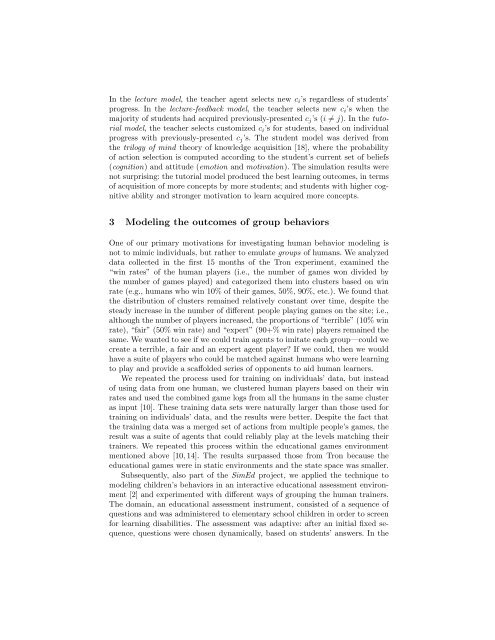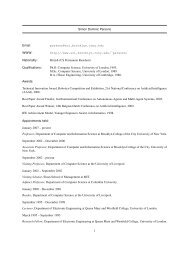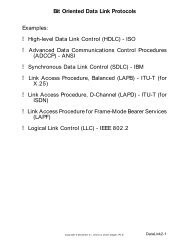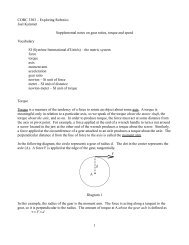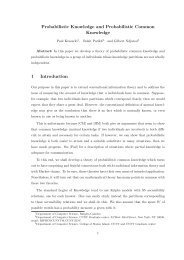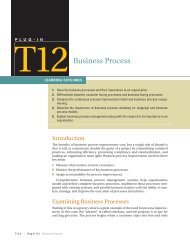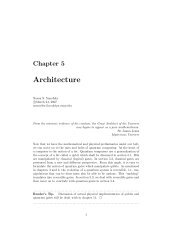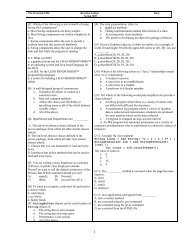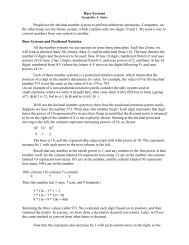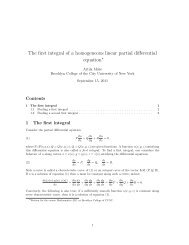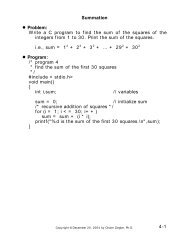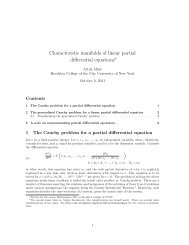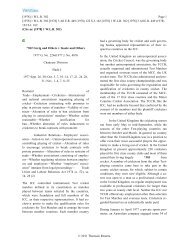Toward a Unified Theory of Human-Agent Modeling: A Position Paper
Toward a Unified Theory of Human-Agent Modeling: A Position Paper
Toward a Unified Theory of Human-Agent Modeling: A Position Paper
You also want an ePaper? Increase the reach of your titles
YUMPU automatically turns print PDFs into web optimized ePapers that Google loves.
In the lecture model, the teacher agent selects new ci’s regardless <strong>of</strong> students’<br />
progress. In the lecture-feedback model, the teacher selects new ci’s when the<br />
majority <strong>of</strong> students had acquired previously-presented cj’s (i �= j). In the tutorial<br />
model, the teacher selects customized ci’s for students, based on individual<br />
progress with previously-presented cj’s. The student model was derived from<br />
the trilogy <strong>of</strong> mind theory <strong>of</strong> knowledge acquisition [18], where the probability<br />
<strong>of</strong> action selection is computed according to the student’s current set <strong>of</strong> beliefs<br />
(cognition) and attitude (emotion and motivation). The simulation results were<br />
not surprising: the tutorial model produced the best learning outcomes, in terms<br />
<strong>of</strong> acquisition <strong>of</strong> more concepts by more students; and students with higher cognitive<br />
ability and stronger motivation to learn acquired more concepts.<br />
3 <strong>Modeling</strong> the outcomes <strong>of</strong> group behaviors<br />
One <strong>of</strong> our primary motivations for investigating human behavior modeling is<br />
not to mimic individuals, but rather to emulate groups <strong>of</strong> humans. We analyzed<br />
data collected in the first 15 months <strong>of</strong> the Tron experiment, examined the<br />
“win rates” <strong>of</strong> the human players (i.e., the number <strong>of</strong> games won divided by<br />
the number <strong>of</strong> games played) and categorized them into clusters based on win<br />
rate (e.g., humans who win 10% <strong>of</strong> their games, 50%, 90%, etc.). We found that<br />
the distribution <strong>of</strong> clusters remained relatively constant over time, despite the<br />
steady increase in the number <strong>of</strong> different people playing games on the site; i.e.,<br />
although the number <strong>of</strong> players increased, the proportions <strong>of</strong> “terrible” (10% win<br />
rate), “fair” (50% win rate) and “expert” (90+% win rate) players remained the<br />
same. We wanted to see if we could train agents to imitate each group—could we<br />
create a terrible, a fair and an expert agent player? If we could, then we would<br />
have a suite <strong>of</strong> players who could be matched against humans who were learning<br />
to play and provide a scaffolded series <strong>of</strong> opponents to aid human learners.<br />
We repeated the process used for training on individuals’ data, but instead<br />
<strong>of</strong> using data from one human, we clustered human players based on their win<br />
rates and used the combined game logs from all the humans in the same cluster<br />
as input [10]. These training data sets were naturally larger than those used for<br />
training on individuals’ data, and the results were better. Despite the fact that<br />
the training data was a merged set <strong>of</strong> actions from multiple people’s games, the<br />
result was a suite <strong>of</strong> agents that could reliably play at the levels matching their<br />
trainers. We repeated this process within the educational games environment<br />
mentioned above [10, 14]. The results surpassed those from Tron because the<br />
educational games were in static environments and the state space was smaller.<br />
Subsequently, also part <strong>of</strong> the SimEd project, we applied the technique to<br />
modeling children’s behaviors in an interactive educational assessment environment<br />
[2] and experimented with different ways <strong>of</strong> grouping the human trainers.<br />
The domain, an educational assessment instrument, consisted <strong>of</strong> a sequence <strong>of</strong><br />
questions and was administered to elementary school children in order to screen<br />
for learning disabilities. The assessment was adaptive: after an initial fixed sequence,<br />
questions were chosen dynamically, based on students’ answers. In the


